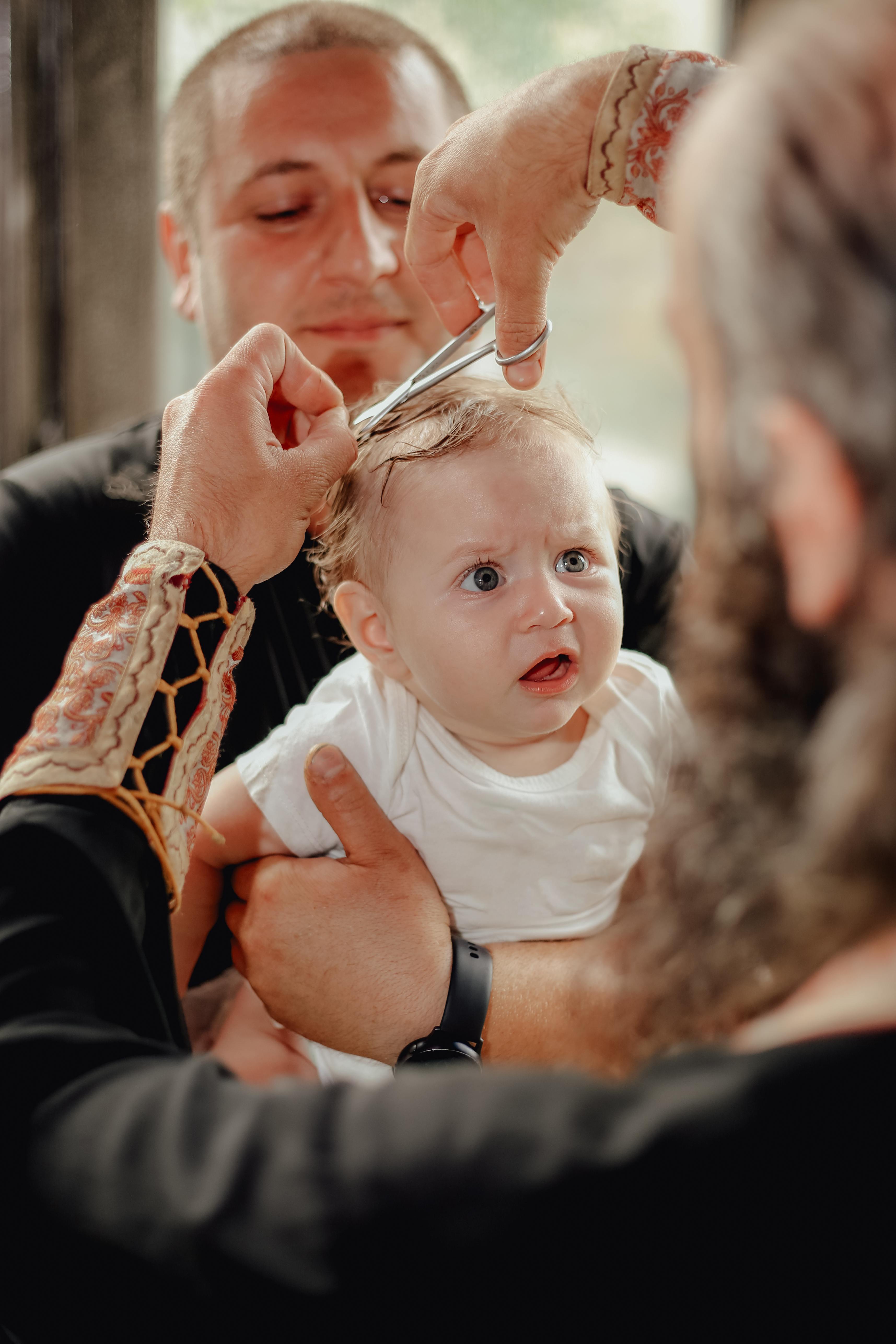Table of Contents
Supervision and Monitoring
One of the most important safety procedures for babysitters is maintaining constant supervision of the children in your care. It is crucial to always keep an eye on the children, whether they are playing in a designated area or engaging in an activity. Avoid distractions such as using your phone or watching television while watching the children. By remaining vigilant and attentive, you can quickly identify and address any potential safety hazards or concerns.
On-Demand Childcare in Your Neighborhood
Book a Sitter
Childproofing the Home
Before babysitting, it is essential to familiarize yourself with the home and identify potential hazards that could pose a risk to the children. Make sure to childproof the living space by securing cabinets, covering electrical outlets, and removing small objects that could be choking hazards. Keep cleaning supplies, medications, and other potentially dangerous items out of reach of children. By taking these precautions, you can create a safer environment for the children to play and explore.
First Aid and Emergency Preparedness
Being prepared for emergencies is a critical aspect of babysitting safety. Familiarize yourself with where the first aid kit is located in the home and know how to use its contents. Take a basic first aid course to learn essential skills such as CPR and how to respond to choking incidents. In case of an emergency, have a list of emergency contact numbers, including the parents, poison control, and emergency services. Being prepared and knowing how to react in emergencies can make a significant difference in ensuring the safety of the children.

Safe Play Practices
Encouraging safe play practices is essential for preventing injuries and accidents while babysitting. Establish ground rules for activities such as outdoor play, using toys, and engaging in games to promote safe and responsible behavior. Teach children how to play safely and avoid rough or risky activities that could result in harm. Encourage children to communicate with you if they feel unsafe or uncomfortable during playtime.
By promoting safe play practices, you can create a fun and secure environment for the children.
Communication with Parents
Effective communication with parents is key to providing a safe and successful babysitting experience. Before the parents leave, make sure to discuss any specific safety instructions, such as bedtime routines, food allergies, or medical conditions. Keep parents informed of any significant events or issues that arise while babysitting, such as accidents or behavioral concerns. Maintain open and transparent communication to address any questions or concerns about the children’s safety and well-being. By working together with parents, you can ensure a positive and secure environment for the children.
In conclusion, creating a safe environment for the children you are babysitting involves implementing essential safety procedures to prevent accidents and emergencies. By supervising and monitoring the children, childproofing the home, being prepared for emergencies, promoting safe play practices, and communicating effectively with parents, you can provide a secure and nurturing environment for the children under your care. Prioritize the safety and well-being of the children while babysitting to create a positive and enjoyable experience for everyone involved.










